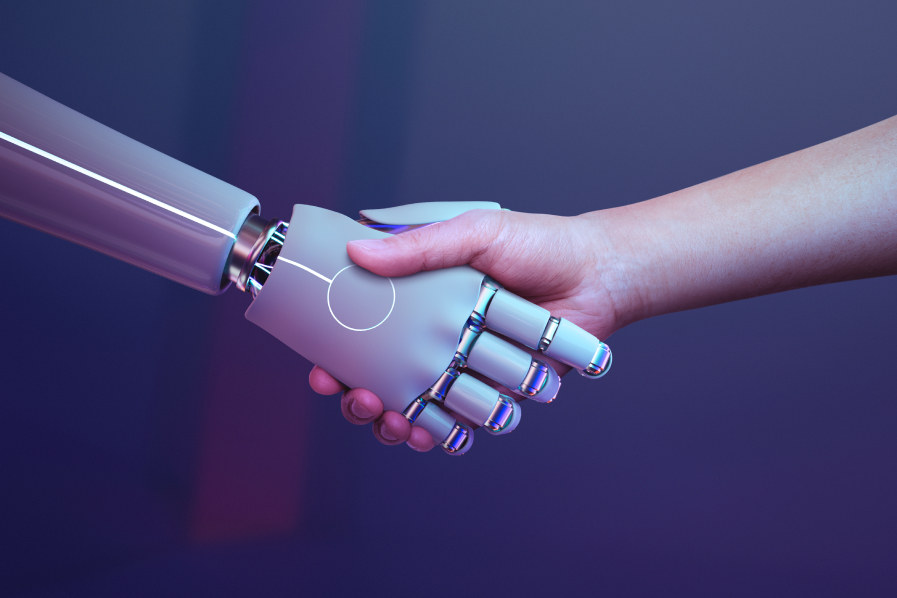Technology has been accelerating at unfathomable rates in recent decades compared to the documented history of more than 3000 years. The digital revolution has even the latest generation by surprise with innovations. From the internet that could send only text, to image-intensive searches, to video calling and video content dominating the social media platforms and other digital platforms, we have come a long way. It is only natural to wonder what’s next.
Metaverse has gained traction in the recent months following Facebook’s name change to Meta. But, the race for the monopoly in Metaverse started way back, at least 5-6 years ago when Facebook bought Oculus VR. Metaverse has been eyed by the world’s top tech giants for years now. Now, let’s understand what the metaverse actually is.
Metaverse, simply put, is the next level of internet connectivity we are going to experience. It is a manifestation of reality inside a virtual world. If you can’t comprehend it, try watching the movie Read Player One. Metaverse will create one or more virtual worlds of the creator’s design where the users can interact with others on a whole different level.
This has various applications across all sectors we know of. Friends no longer need to video chat or plan a reunion. They can all meet up in the virtual world of their design and play games where you are present in your entirety in a virtual world. Work from home doesn’t need to be that anymore, it can be work from a virtual office where productivity and progress of their employees can be monitored. Video chats and video meets will be rendered useless when they can actually meet in private virtually whilst sitting at their respective homes.
There are no limitations to what metaverse can be; except for our imagination. A correct definition hasn’t been coined yet and the precise objectives have not been mapped yet either. But, the popular opinion and end goals can be described earlier. Metaverse, in the future, can be:
- A live, interactive world without pauses, end and reset.
- Extended to both physical and digital worlds, private and public networks, et.
- A place where digital assets can be transferred across digital platforms.
There have been debates about the identity of the users throughout these metaverses. Even though having a single identity across these platforms will have better practical applications and convenience in the long term, but, the tech giants in the metaverse race are not likely to comply with that. As each of them requires a unique identity system exclusive for them to have a competitive advantage.
There are multiple tech giants such as epic games, Facebook, Microsoft, Amazon, etc. eyeing the potential $800 billion industry. Facebook has come out with a major statement with the name change of Facebook to Meta that it is going all-in on the idea. It can’t be predicted so as to who will win in the end. But, one thing is for sure. Metaverse is closer than you think and the future is bright for the metaverse.




